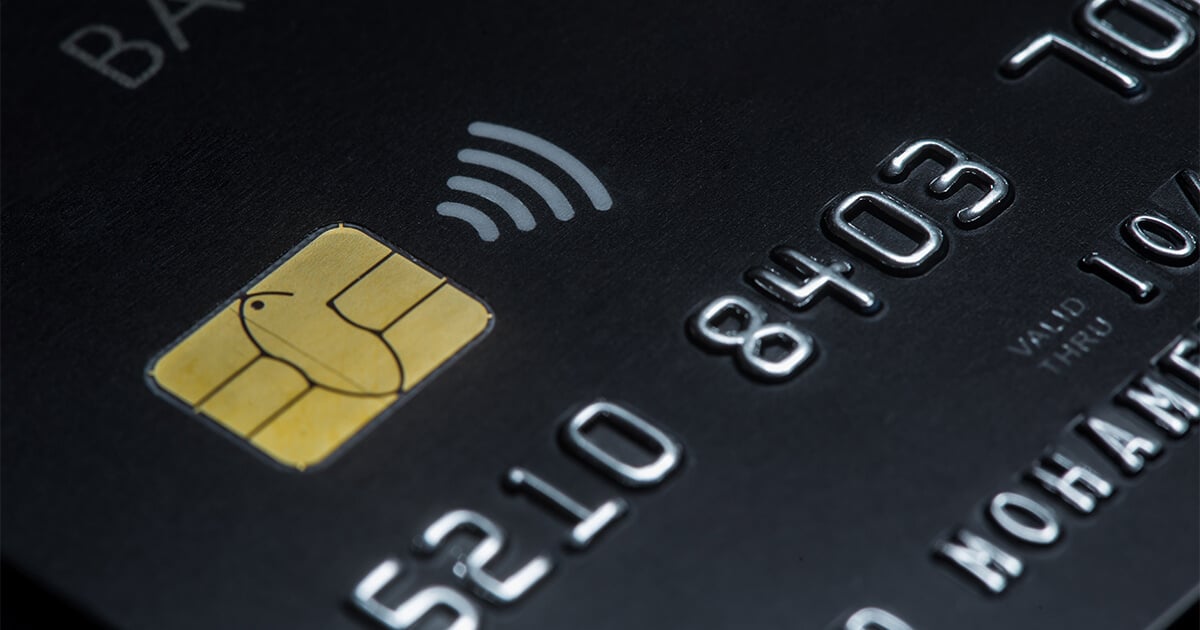
As the payment card industry takes steps to address security issues and protect themselves and their customers against credit card fraud, retailers are taking action to meet EMV Compliance standards. But while the need for increased security is evident, how does the technology behind this shift work?